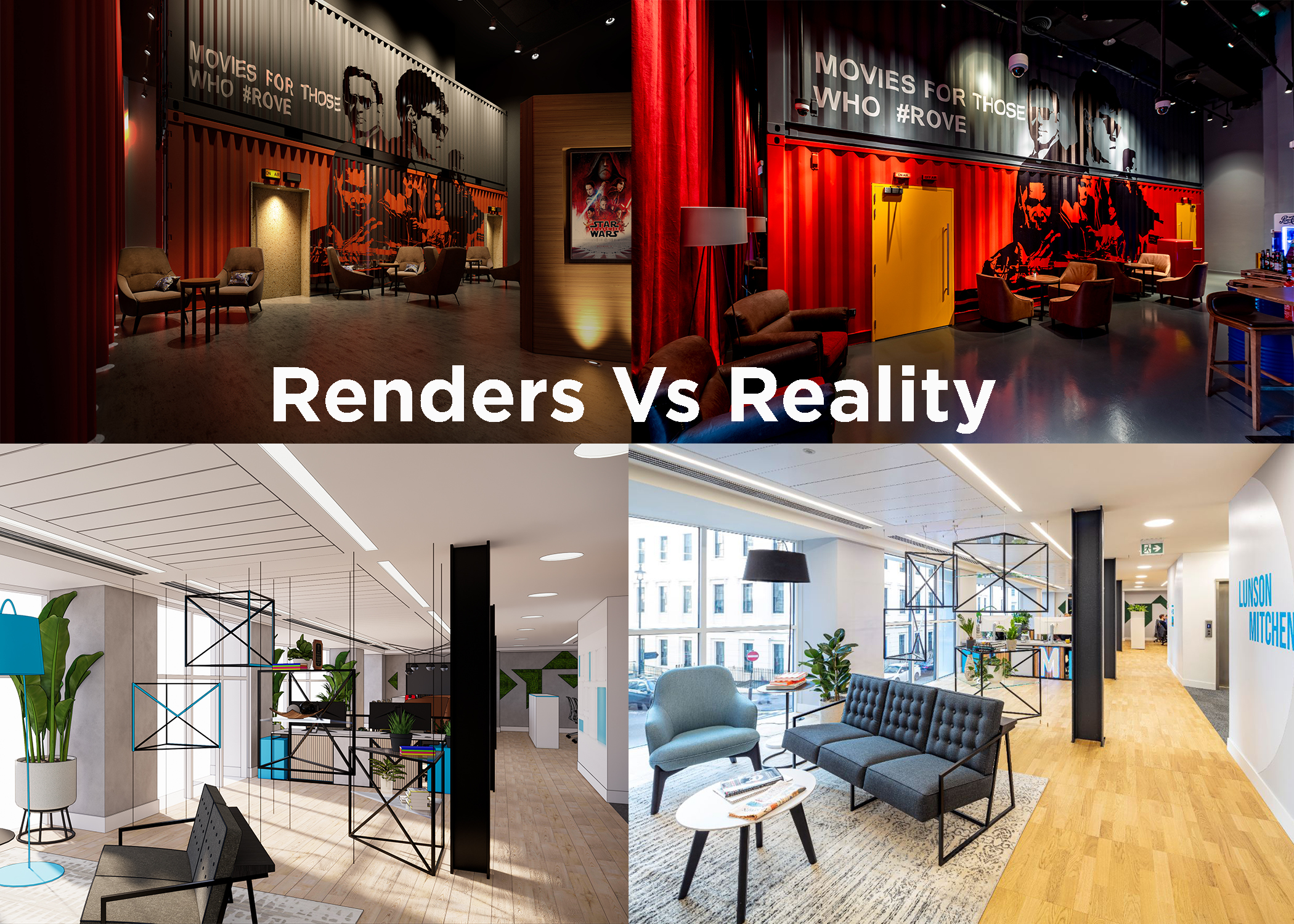In the world of retail, the design and presentation of stores play a crucial role in attracting customers and establishing a brand identity. And when it comes to creating a new store, the process typically involves visualizing the design through 3D renders before committing to physical construction. But how accurate are these renders in reflecting the final outcome? In this blog, we'll be analyzing the render vs real comparison of the Levi's Times Square flagship store - Render vs Real: Levi's Times Square flagship store - PixelPool Compare our life-like 3D renders of the Levi's New York flagship store, with the finished store. Can you spot the difference? Render vs Real.

The Levi's Times Square flagship store, located at 1535 Broadway, was designed by acclaimed architecture firm Gensler, in collaboration with Levi's in-house design team. The store spans across three floors and features a sleek and modern interior that combines industrial elements with warm wood textures. The 3D renders created by PixelPool, a digital marketing agency that specializes in producing high-quality CGI content, were used to showcase the store's design to potential investors and stakeholders.
Upon comparing the renders with the real store, it becomes evident that the final outcome remains largely faithful to the original vision. The iconic Levi's red logo is prominently displayed, providing a striking contrast against the store's industrial gray walls. The central staircase, which forms the centerpiece of the store's design, is present and accounted for, with its minimalist steel frame and wood treads. The product displays, arranged in a clean and uncluttered fashion, showcase Levi's latest collections and classic denim pieces.
However, upon closer inspection, some differences can be spotted between the rendered and real images. For instance, the lighting fixtures in the real store are slightly different, with a more rigid and angular design than what was initially shown in the renders. Additionally, some of the wood textures on the walls and flooring appear to be slightly darker in the real store, perhaps due to lighting or material variations. These differences, however, are minor and do not detract from the store's overall aesthetic.
Overall, the render vs real comparison of the Levi's Times Square flagship store demonstrates the efficacy of 3D renders in accurately representing a design concept. While some variations may occur between the expectation and final outcome, these differences are likely due to logistical and practical considerations rather than a lack of accuracy. In the context of retail design, 3D rendering remains an essential tool for communicating visual ideas and assessing feasibility before committing to physical construction. So, the next time you walk past a beautifully designed store, take a moment to appreciate the role that renderings played in bringing it to life.
Keywords: render vs real, Levi's Times Square flagship store, 3D renders, retail design, visualizing, product displays, Levi's red logo, central staircase, Gensler, PixelPool.